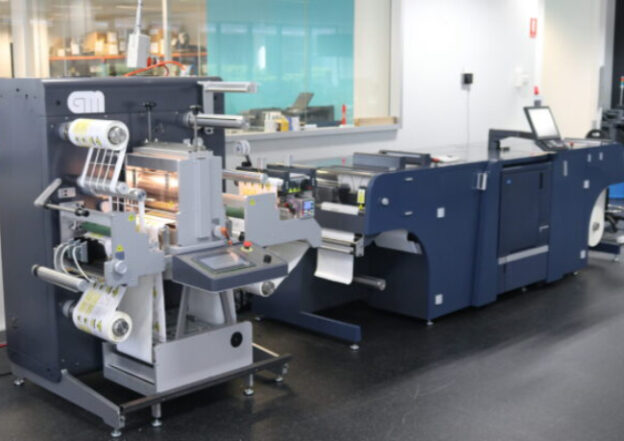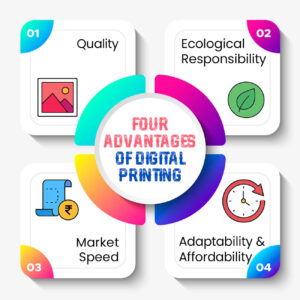Businesses are finding it more and more crucial to adjust as the globe gradually shifts toward a more sustainable future. Sustainability is becoming an essential component of business rather than a “nice-to-have.” This change is especially apparent in the office printing industry, which has historically been linked to resource-intensive procedures.
Consumers are now more aware of how their purchases affect the environment and choose businesses that put sustainability first. Customers are drawn to and kept by a positive environmental reputation. Although incorporating sustainable practices into printing methods may appear difficult, it is completely doable with the correct approaches. Here are a few of these successful tactics:
1. Seek out environment conscious vendors
Office printing requires a variety of vendors, ranging from those who supply paper and ink to those who supply gear. It’s a difficult undertaking to make sure these vendors have and continuously maintain eco-friendly practices. However, the majority of suppliers are prepared to go above and beyond to obtain certification, given the growing desire to become an eco-friendly firm. Companies can check their suppliers’ certificates by visiting their website or by calling them.
2. Give careful printing top priority.
Printing is expensive and resource-intensive, and landfills and garbage can harm the environment. Establishing a culture where workers question whether they really need to print is a good way to promote sustainability. A double-confirmation system, which queues print requests and requires a special passcode or user authentication for confirmation, is another feature that some companies integrate into their printers. In addition to saving resources, this deters pointless printing.
3. Reduce trash to minimize recycling
Despite the importance of recycling, greenhouse gas emissions are still produced during the recycling process. The best course of action is to strive for waste reduction, which minimizes resource usage right from the start. The basic idea is to print only what is required, which minimizes the need for recycling and raw materials. For recycling and disposal, Konica Minolta separates its old packaging into multiple waste streams. For example, cardboard is recycled as usual, and polystyrene is crushed to create various diesel fuels. Additionally, it has been successful in increasing the post-consumer recycling (PCR) proportion of raw materials used to make toner containers to 40%, with plans to raise it to 100% in the future.
4. Make an excellent recycled paper investment.
Over time, recycled paper quality has significantly increased, providing companies with an environment beneficial substitute without sacrificing quality. Many varieties of recycled paper that are made especially for laser printers can be used with Konica Minolta bizhub devices.
5. Make the switch to paperless operations
Paper use can be considerably decreased by digitizing processes whenever feasible. Businesses and the environment both benefit from paperless operations, which save resources and improve organizational effectiveness.
6. Value and acknowledge green certificates

Green certifications offer verifiable evidence of a company’s dedication to sustainability. Obtaining these certifications improves a business’s standing and makes a strong statement about its commitment to environment friendly operations. By fulfilling multiple environmental certification requirements, such as the International ENERGY STAR rating, Blue Angel Mark, Forest Stewardship Council (FSC), ISO 14001:2004, Ethibel Sustainability Index, Eco-Mark’s EcoLeaf, and EPEAT 1, Konica Minolta demonstrates its dedication to sustainability.













